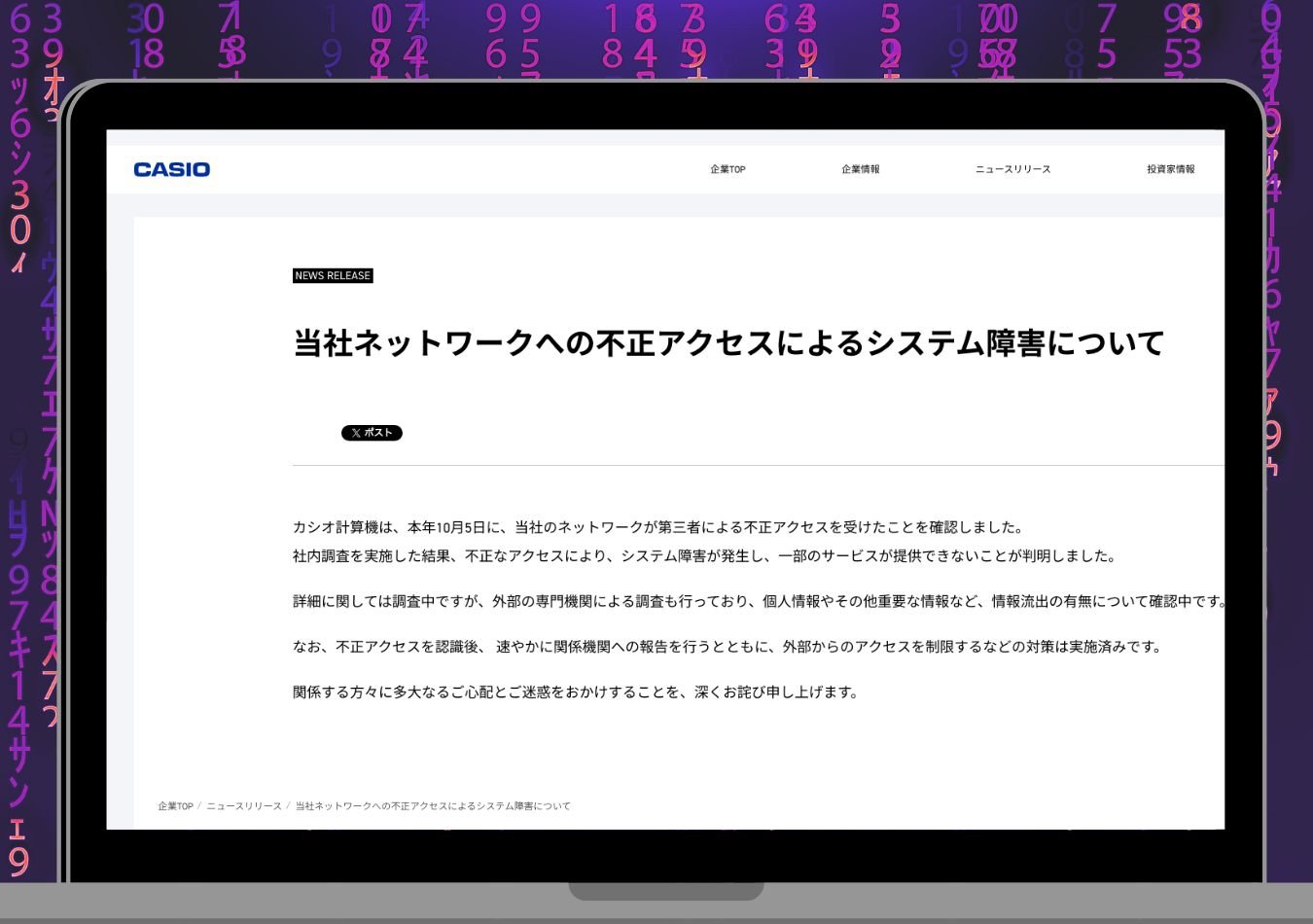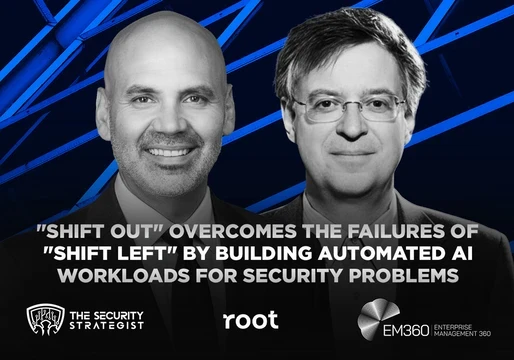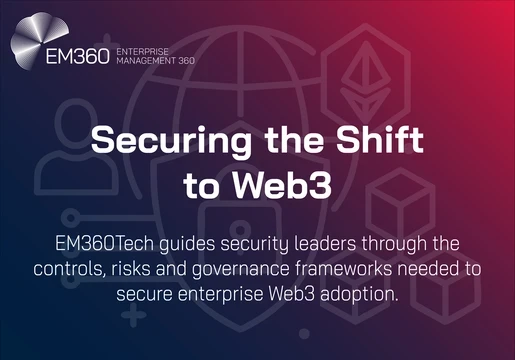Casio has confirmed that a cyber attack has forced it to shut down sections of its infrastructure. The attack, believed to be ransomware related, disrupted the company's operations and compromised sensitive data.
A translation of a statement posted originally in Japanese to the Casio website confirms that the company website had been ‘illegally accessed by a third party on October 5th.’
As of January 2025, Casio have confirmed that the cyberattack compromised the data of 8500 people. Those affected were primarily employees and business partners, though some customer data has also been compromised.
6,456 employees professional and personal data has been compromised, this includes names, emails, gender, family information, addresses, tax numbers and more.
91 customers personal data has been compromised including delivery addresses, purchase history, names and phone numbers.
1,931 business partners have also been affected, with their personal and company information including name, phone numbers and ID cards being leaked.
Casio is one of the leading electronics companies, best known for its watches and cameras. The global electronics company reported over $440 million in sales in their last quarter, making it a lucrative target for cyber criminals.

The unauthorized access had caused a ‘system failure’ which resulted in the ‘inability to provide some services.’
The Casio statement confirms that they have employed an ‘external specialist agency’ to investigate the extent of information that has been leaked. They have also reported it to the relevant authorities.
The closing of infrastructure alongside indicates that this was likely a ransomware attack, however Casio has not confirmed this.
Russian cyber gang ‘Underground’ have claimed responsibility for the attack in a post to their dark-web website. They alledge they have stolen 204.9 gigabytes of data that includes employee data, patent information, confidential legal documents, patent information and more.
They claim to have posted this information freely to download, indicating ransom demands were not met by Casio.

Who Are Underground?
Underground is a Russia based cyber gang who are relatively new to the cyber crime scene. The Casio cyber attack is Undergrounds first high profile and publicly acknowledged incident.
Underground is believed to operate as a RaaS, providing ransomware tools and infrastructure to other cybercriminals. This model allows them to profit from the attacks carried out by their affiliates.
What's next for Casio?
As cyber threats evolve, organizations must fortify their systems. Prioritizing prevention is key, with first steps including:
Maintaining frequent and secure backups for data recovery.
Educating employees about cybersecurity best practices can help prevent phishing attacks and other social engineering tactics.
Regularly updating software and systems with security patches can help mitigate vulnerabilities exploited by cybercriminals.
Implementing strong network security measures, such as firewalls and intrusion detection systems, can help protect against unauthorized access.
Large corporations like Casio will likely have a cyber security team advising them on best practices. While having a dedicated cybersecurity team is a crucial step, actually implementing best practices across an entire organization can be a complex challenge.
Following the latest attack Casio will have to employ a damage control approach to mitigate the impact of the cyber attack going forward, before fortifying their defenses for future attacks.
The company will prioritize recovering any lost or corrupted data before restoring its systems to full functionality. This will involve cyber recovery processes like forensic analysis, data restoration and system rebuilds.
The cyberattack will have damaged Casio's reputation. The company will need to work to rebuild trust not only with customers but with vital partners and investors. This will involve public relations campaigns, transparency and demonstrating commitment to data security.
Casio will likely implement more stringent cybersecurity measures to prevent future attacks. This could include adopting cutting-edge technologies like endpoint protection, intrusion detection systems, and encryption.
Company wide they are likely to implement robust access controls to limit unauthorized access to sensitive systems and data whilst providing employees with enhanced cybersecurity training.
Globally, all organizations, from companies to critical infrastructure, are facing more cyber threats than ever before. Cyber attacks on huge corporations like Casio should serve as a lesson to organizations of all sizes on the importance of robust cybersecurity.







Comments ( 0 )